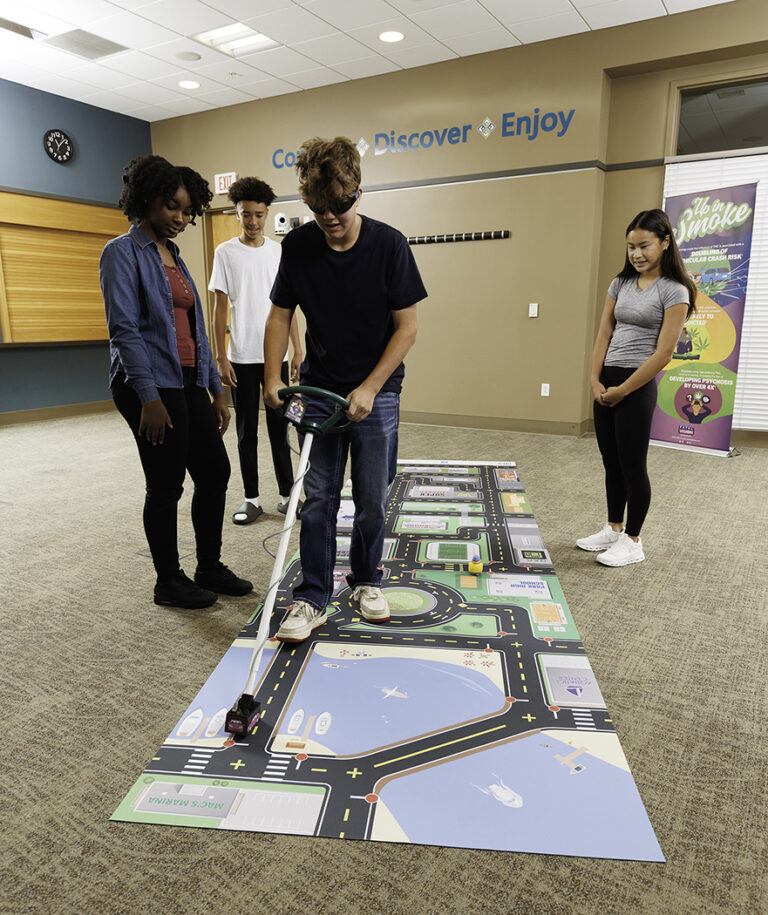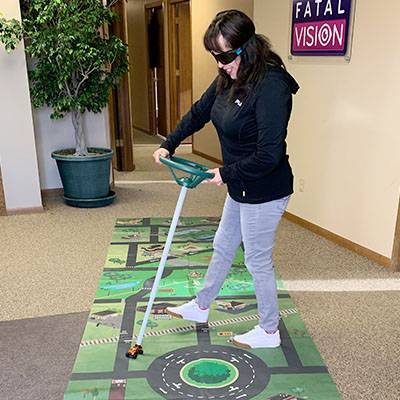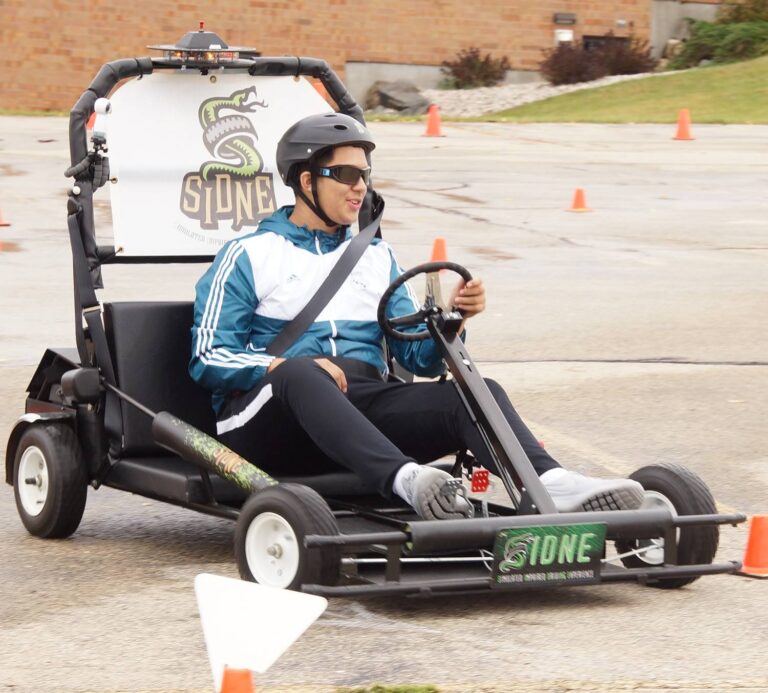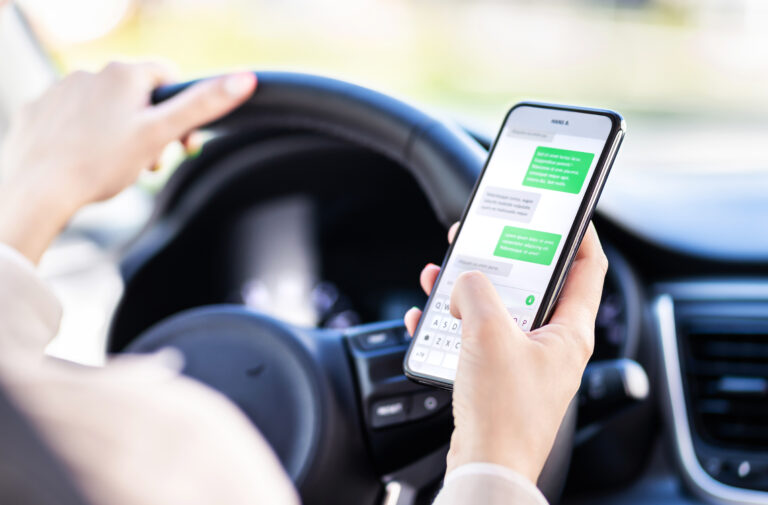
Identifying High-Risk Groups for Drowsy Driving
Drowsy driving is a significant danger on the road, so teaching drivers about the risks with hands-on learning is an important way to reduce crashes. Staying alert while driving is
Be First to Know About Fatal Speeding™ — Launching Early 2026! LEARN MORE

Distracted driving is dangerous for people in the vehicle and other motorists or pedestrians on the road. Let’s look at some of the dangers of distracted driving, the impact it can have, and more.
Distracted driving is caused by any activity that diverts attention from operating the vehicle, including texting, talking on the phone, eating, adjusting the stereo, or even looking at surroundings other than the road. The rise of smartphones has been a major factor, making it easier than ever for drivers to be visually and cognitively distracted. While some distractions are external, such as billboards or roadside activities, most distractions come from within the vehicle, often due to overconfidence in multitasking or a disregard for the dangers associated with split attention. These causes of distracted driving can lead to accidents.
It’s important to share the various causes in an education program to make drivers aware of how dangerous a seemingly minor distraction can be. Fatal Vision Drowsy & Distracted Driving Goggle Kits drive home the dangers by simulating activities like dialing a phone or texting. The goggles used with activities like the DIES Distracted Driving Mat and Distract-A-Match game give participants a safe, hands-on experience to learn the risks of distracted driving.
Distracted driving is responsible for thousands of crashes each year, with recent studies indicating numbers are continuing to rise. According to the National Highway Traffic Safety Administration (NHTSA), distracted driving claims thousands of lives annually and results in hundreds of thousands of injuries. The statistics show that younger drivers are especially prone to distraction-related accidents, underscoring the need for targeted education and awareness to reduce these incidents. The statistics on distracted driving crashes should be used in education programs for young drivers to help them understand the significance and importance of keeping their eyes on the road.
Distracted driving impacts those directly involved and the families and communities around them. By highlighting real-life stories, we can inspire students and young adults to make safer choices behind the wheel. Sharing these experiences helps foster empathy and understanding, emphasizing the value of attentive driving to protect lives and promote well-being. Empower individuals to prioritize safety and create a future where the ripple effects of distracted driving are replaced with stories of responsibility and care.
One common misconception about distracted driving is that only texting is dangerous; however, any form of distraction, including hands-free calling, using the car’s touch screen system, or talking to passengers, can be risky. Some drivers also believe they are skilled enough to multitask, assuming they can quickly return their attention to the road if needed. Others think distracted driving is only an issue for inexperienced drivers, but studies show that drivers of all ages and experience levels are at risk. Dispelling these myths is crucial to promoting safer driving habits.
Teaching students and new drivers about the dangers of distracted driving is key to reducing preventable crashes. Use interactive education tools like the Distracted Driving Goggle Kits and driving simulators like the Roadster Pedal Kart or SIDNE Vehicle to help reinforce these important lessons. Contact us for questions or other recommendations to enhance your education program.
Innocorp is the pioneering developer of Fatal Vision® Goggles and other experiential learning tools designed to educate on the dangers of impairment and promote risk prevention. Innocorp provides impactful, hands-on resources used globally by law enforcement, educators, and safety professionals to demonstrate the consequences of substance use, risky driving, and other dangerous behaviors.
We’d love to online chat! We are available Monday-Friday from 8am-5pm (CST):
Or schedule a time for a consultation:

Drowsy driving is a significant danger on the road, so teaching drivers about the risks with hands-on learning is an important way to reduce crashes. Staying alert while driving is

Take a look at the various topics in a distracted driving education course. Students and young drivers can benefit from a distracted driving education program that incorporates hands-on learning about

Here are a few types of distractions while driving, along with hands-on learning opportunities to help drivers understand these distractions. Driving while distracted is dangerous for anyone behind the